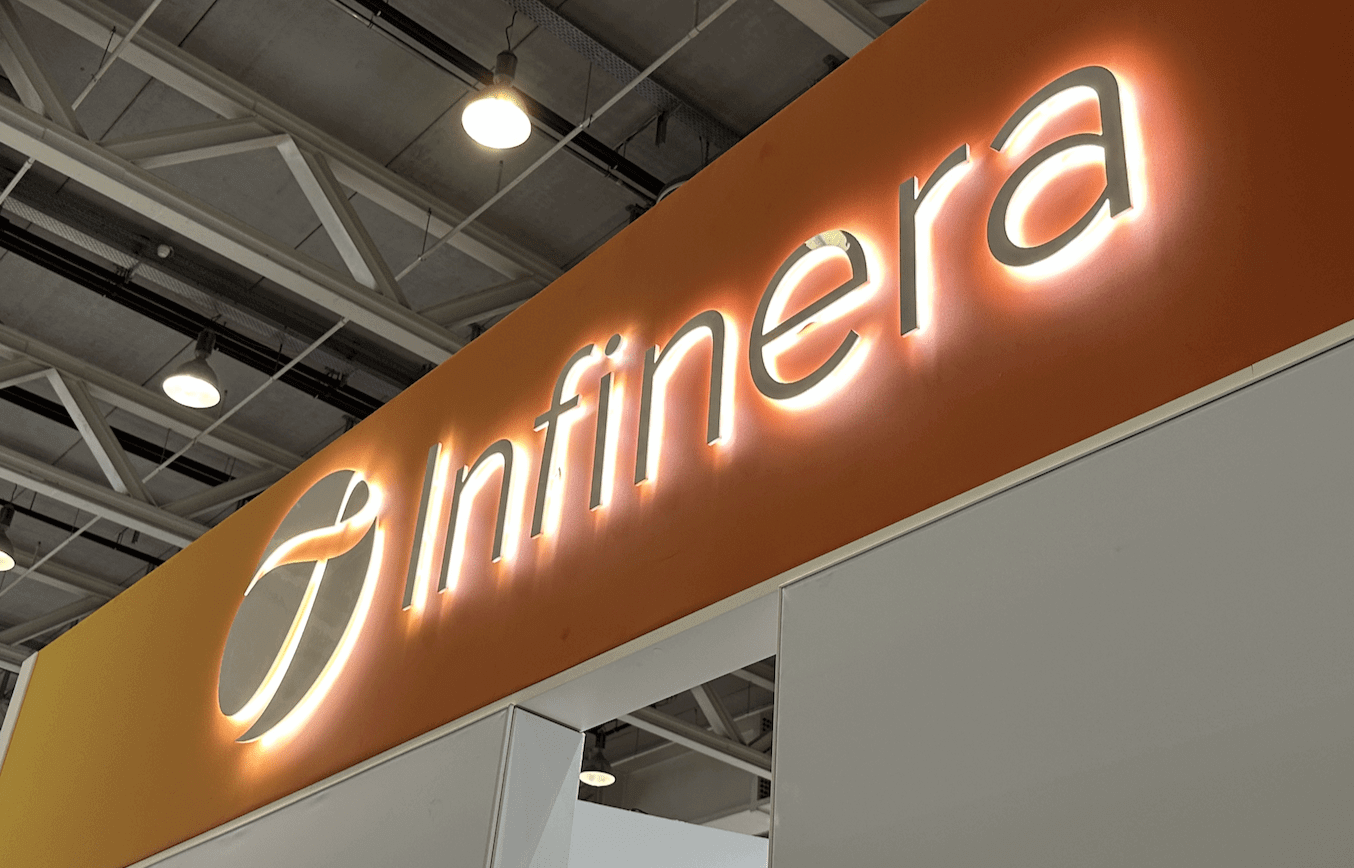Telstra International plans to develop a regional network hub in Guam by establishing a new dedicated point-of-presence (PoP) in Piti at the carrier-neutral GNC iX data center, which is owned and operated by leading local telecommunications provider, TeleGuam Holdings (GTA).
Guam is quickly becoming a rising digital hub in Asia Pacific, as it's located at a crossroads of major submarine cable routes – including the Asia-America Gateway (AAG) cable system, the Australia-Japan cable (AJC), which is fully owned and operated by Telstra, the Taiwan-Philippines-US (TPU) cable, and direct network connectivity to nine additional cable systems – connecting Asia, Australia, and the United States.

Telstra’s PoP will serve growing connectivity demand in the region and as a key connection point for new cable systems including the Echo cable and central Pacific Connect cable that are being constructed in partnership with Telstra, to provide additional low latency network reliability and redundancy throughout Asia and between Asia, Australia, and the U.S.
The strategic positioning of the GNC iX data center ensures access to secure network connections to these regions, making it an ideal hub for data transmission and connectivity. By establishing a dedicated PoP at this data center, Telstra can more robustly serve telcos, enterprises, international government agencies, and other organizations that require wavelength services, Ethernet private lines, IP transit, data center colocation, and managed network connectivity services throughout the Pacific. Additionally, Telstra can easily link all the cable systems that land in Guam while also providing local access solutions.
“Guam is a vital link in the global digital chain, and this regional hub marks a significant milestone in our commitment to providing connectivity in the Asia-Pacific region. Guam is increasingly becoming a growing gateway due to its strategic location, and with more cables due to land on the island in coming years, including the Central Pacific connect cable in partnership with Google and Telstra, our investment is critical to manage the ongoing growth in capacity demand and connectivity for people and businesses throughout and into the Pacific,” said Roary Stasko, CEO of Telstra International.



















